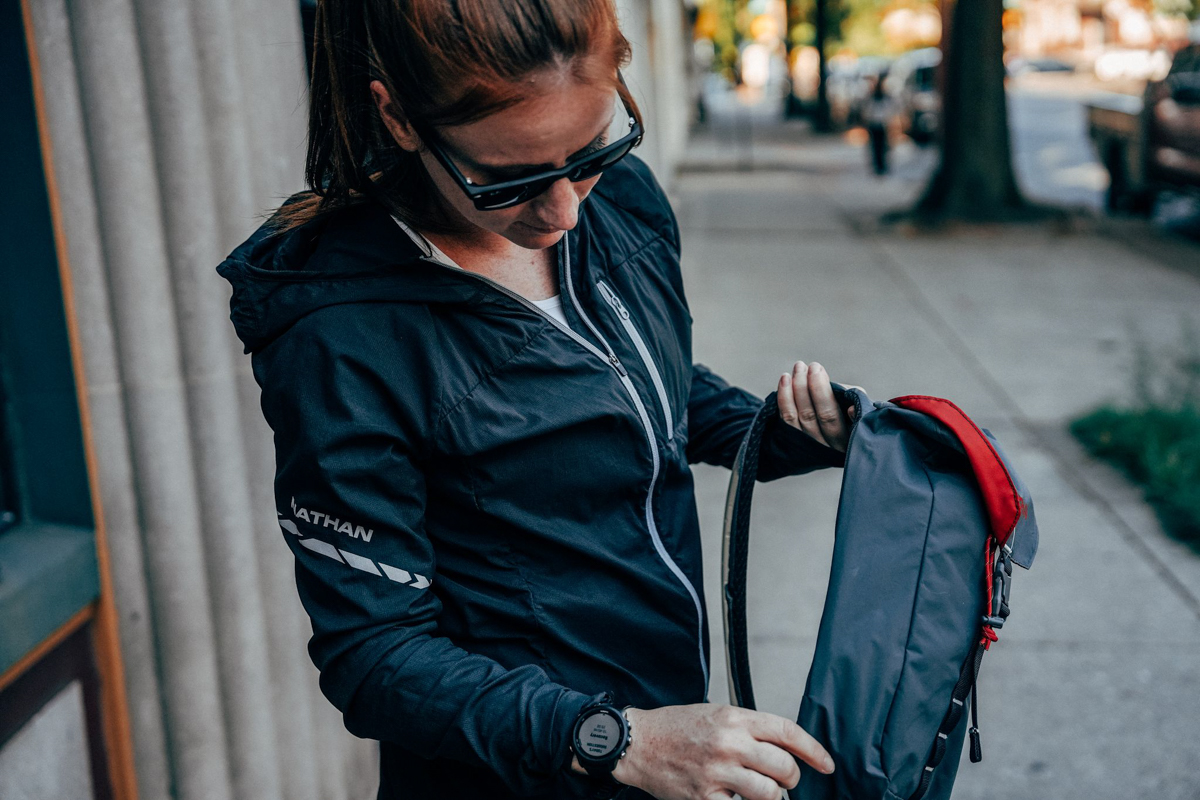
We independently review everything we recommend. When you buy through our links, we may earn a commission.
Trail reviewer Matt trains with Coros and Kilian Jornet over the course of 12 weeks
Coros Apex 2 Pro premium GPS watch, Nnormal Kjerag trail footwear
Secure a Western States lottery entry at the Laurel Highlands Ultra in June
I’m back to provide another monthly recap of my unique experience of training with Kilian Jornet. If you missed the first installment, you can check it out here.
Quick recap of the project: as part of the release of the limited-edition Coros Apex 2 Pro Kilian Jornet GPS watch, Coros invited a handful of athletes to receive personalized coaching from Kilian and Coros for a 12-week training block. As fate would have it, it aligned perfectly with my race at the Laurel Highlands Ultra in June, a 70.5-mile race through the rugged terrain of southwestern Pennsylvania.
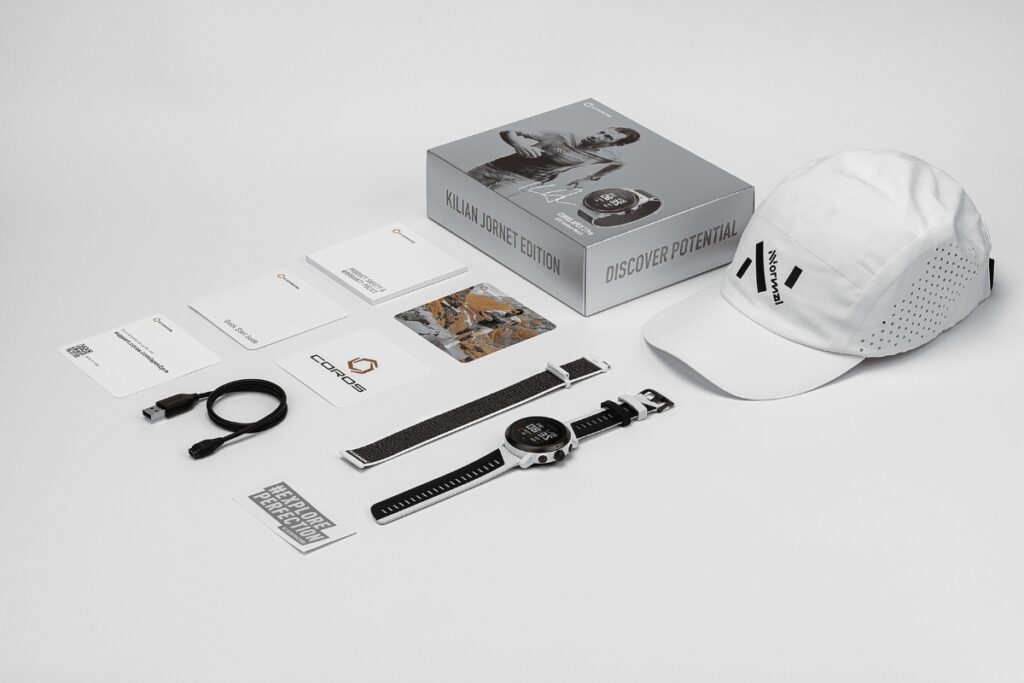
The fact that I’m providing this second installment means that I’ve survived 60 days of training under Kilian’s guidance and have not succumbed to the rigors of his training plan. At times, I may have wanted to run away and live somewhere in the void, but all things pass and I’m still standing.
That first month was mostly spent acclimating to my new training process, both the dynamic of training with Kilian and the optimization of my Coros Apex Pro 2 and its complementary Coros Training Hub.
After a couple weeks, I felt I was in a rhythm. Checking into the Coros Training calendar each morning was now a part of my morning routine that fit squarely between pouring my coffee and playing Wordle (another new addiction of mine).
So let’s get into what the past 30 days of training has looked like, and what I’ve learned.
Below are the key pieces of gear I’ll be using for my training block, notably the Coros Apex 2 Pro GPS Watch and the Nnormal Kjerag trail running shoe, developed in part by Kilian Jornet.
GPS Watch
• Next-generation accurate heart rate sensor
• Connect with all five major satellite systems
• 30 days of regular use/75 hours of full GPS
• 1.3″ sapphire screen and titanium bezel
• Free global offline maps for on-wrist navigation
• Full training plan and workout support
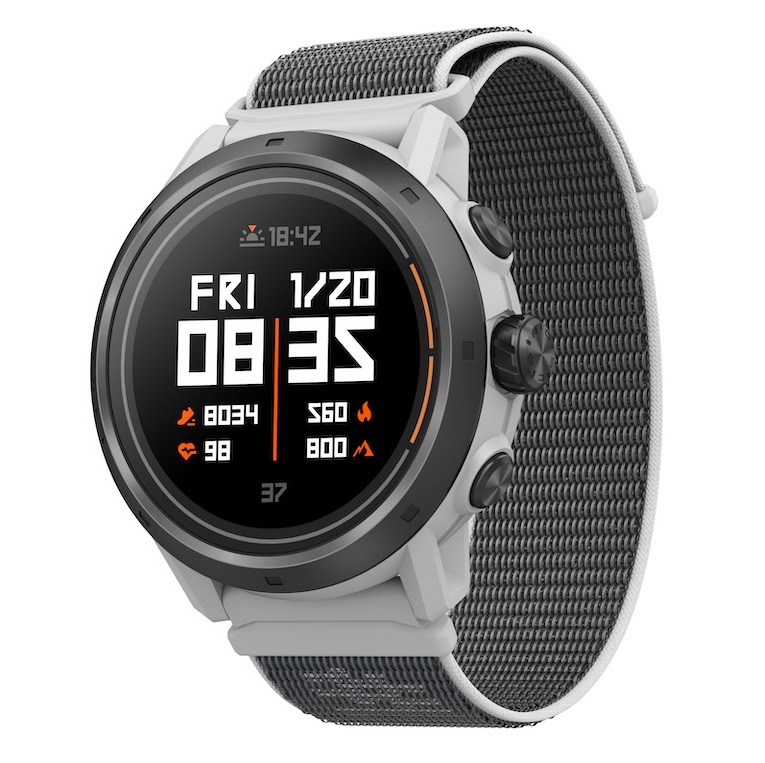
Trail Footwear
• Trail shoe built for high-speed comfort, extreme grip and stability
• Matryx® Jacquard upper woven from individually coated polyamide and Kevlar® yarns
• EExpure midsole with 6 mm drop
• Vibram Megagrip and Vibram Litebase outsole
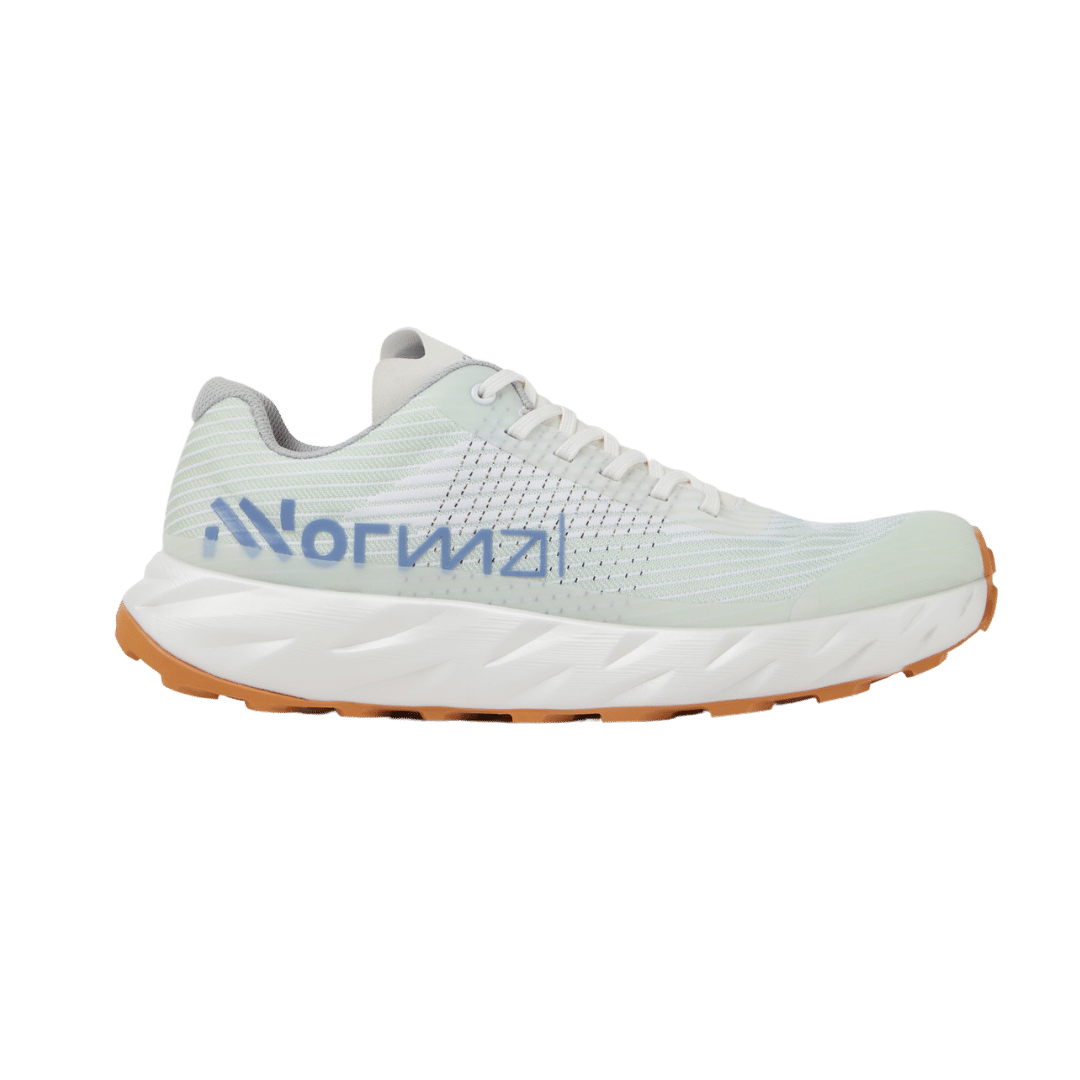
While the first 30 days were full of excitement, highlighted by soaking up tidbits of feedback from Kilian and the excitement of embarking on this new training plan, I had acknowledged that the actual workouts themselves were not a source of intimidation.
I knew that there would be a necessary adaptation phase where we would need to learn more about each other, so that might mean a more conservative approach initially as I’m sure the last thing Kilian wanted was to run me directly into the gutter, leaving me injured and looking for a new favorite runner to fan over.
I should point out real quick that it still blows my mind that I’m getting one-on-one coaching from the greatest mountain runner of all time. It’s still surreal every time I see his notes on my training. I also knew that the honeymoon phase would also end and there would soon enough be some healthy anxiety over hard workouts in my future, and I was right.
Month one averaged a total weekly volume in the 40-50 mile range, which for me was not a large deviation from the norm. After my fall marathon build-up, I had settled into that range as my comfort zone.
Month two saw a jump in weekly volume that averaged around 55 miles per week and quickly settled into the 60-65 range. The volume increase itself was not too daunting, but when combined with the intensity of the mid-week workouts, rest and recovery became very important.
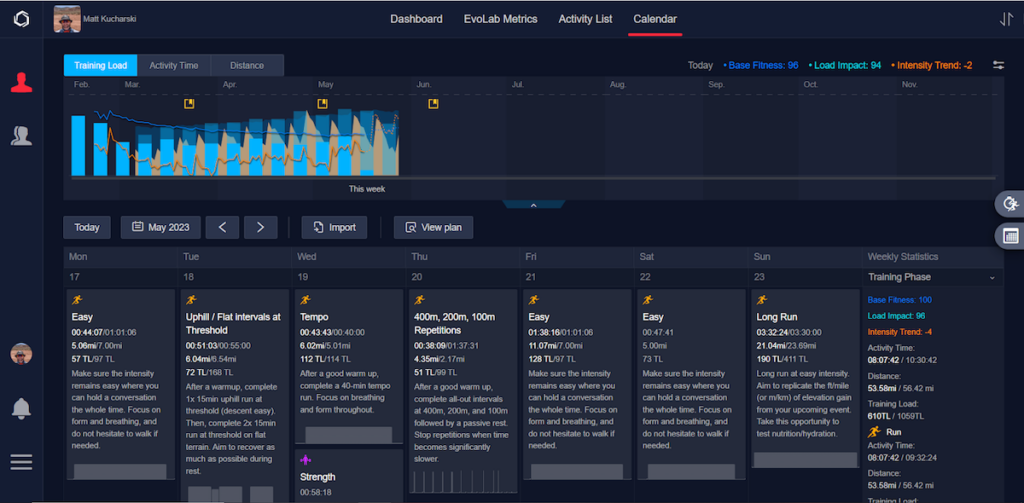
A view of the Training Calendar within the Coros Training Hub. This view was key in helping me plan out my week so I could best align my training with other work/life commitments.
A couple major themes became apparent during this second month of training with Kilian:
This seems pretty basic, but most runners (myself included) do not run our easy runs as slow as we should. Eliminating the gray zone training is the first step in making the most out of your hard workout days. This is where having Kilian look at my training really forced me to slow things down. I also find this is easier to accomplish on the trails, as there is a more acceptable draw to taking in nature and just enjoying the moment.
One takeaway from this aspect of my training is that in the future, if I’m struggling to slow things down, I’ll make sure to hit the trails that day. For the self-conscious Strava stalwarts, just use words like “easy” or “recovery” in your activity title so people don’t think you’re slow.
Aside from using your long run to build fitness, time on your feet, and practice nutrition, you should try and replicate the feet per mile elevation gain for your goal race whenever possible.
This one also doesn’t seem like rocket science, but I think we all get way more caught up in hitting some big mileage total on that long run, that it sometimes clouds other major factors, like elevation. This is why I really liked that Kilian would give me both mileage and time goals for my long runs, knowing that in a perfect world they might align, but if I pick a super technical and hilly route on a hot day, there is no way I am going to cover the same ground as if I was running rollers on the road.
There were days where ending with an odd number like 17.5 instead of 20, or 21.7 instead of 25 felt like I was underachieving, but I know that come race day, it will be more critical that I ran the route with a couple thousand feet of climbing versus padding the mileage stats and sticking to the roads.
In the past, when I’ve been focused on ultra distance training, I’ve typically eliminated speed work in exchange for more base miles. I assume that a 50+ mile race doesn’t require any “fast” miles and it’s all about being strong enough to go long, so what’s the point of track workouts?
One constant in my week-to-week training with Kilian has been at least one hill workout and one speed workout. I was skeptical at first, but after a few weeks I’ve realized that even with ultra distance racing, the speed work is super helpful.
Doing speed work has ensured well-rounded growth in my fitness, and has made me a more complete runner overall. As a result, I haven’t had to sacrifice speed for endurance and become too specialized.
It also helped me tremendously from a mental confidence perspective. In the past, slogging through weeks and weeks of long slow efforts left me doubting if I could even go fast again. That kind of self doubt as an athlete can wreak havoc on race day, so I know that while this may not have been a primary justification for Kilian to include the speed work, it was a very real benefit for me.
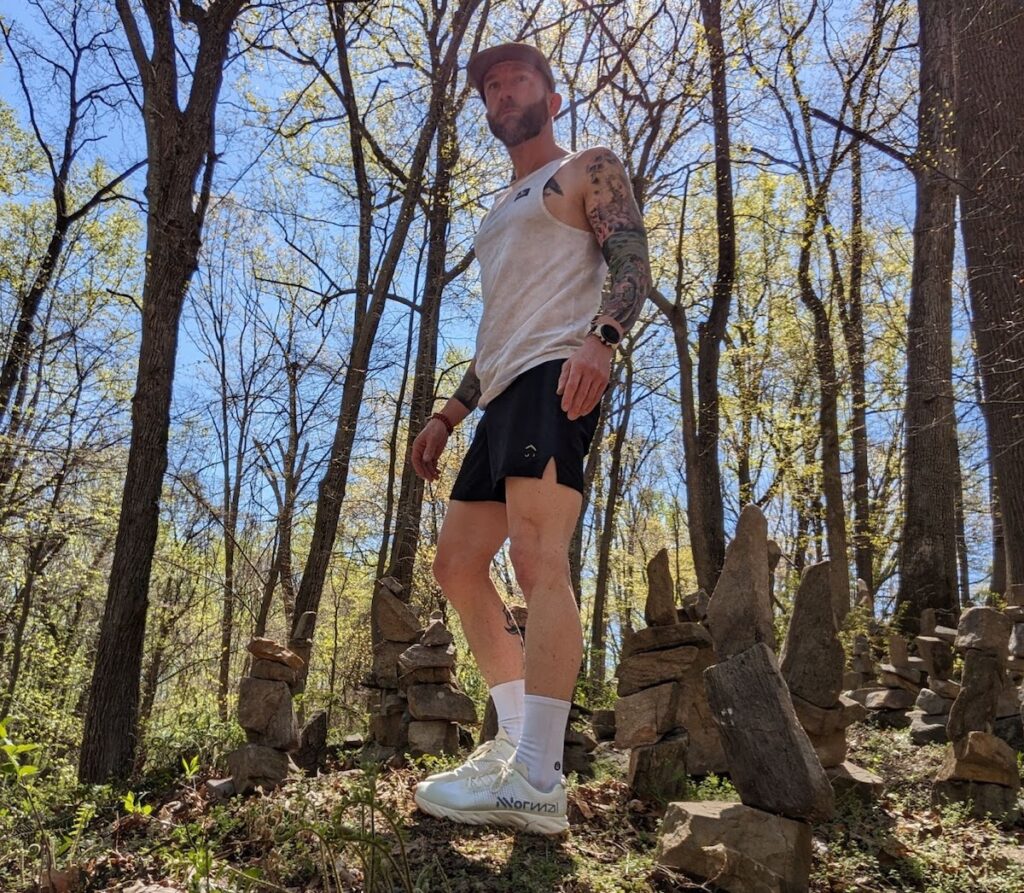
I still have about another month before race day at Laurel Highlands, and that is really the focus for all of this work with Kilian. My goal is a sub-20 hour finish of the 70+ mile course and another Western States Qualifier under my belt, and– not to be greedy– but to actually be fit enough to enjoy the race and not just drag my carcass across the finish line in 19+ hours.
Despite the pay-off hopefully coming on race day in June, there have been some very positive signs after about 8 weeks of training with Kilian:
The Coros Training Hub has some really cool, data-heavy analytics on its dashboard to help show trends and progress. One of these data points is overall “Running Fitness” which assigns a score up to 100+ that is representative of the workouts completed, your pace, heart rate, load impact, and intensity.
The overall Running Fitness score is also a roll-up of individual scores across base, endurance, speed, and sprint categories.
When I started, this number was hovering in the mid-to-upper 70s and I felt like I wasn’t seeing much progress despite stringing together a few hard weeks of work. I decided to stop checking it everyday and apply the old “watched kettle never boils” method, and wouldn’t you know it– by month’s end I had crossed the 90 threshold! I realize this is just a number, but I think a lot of runners like the data; seeing something tangible like a time or a score progress brings some satisfaction and confidence.
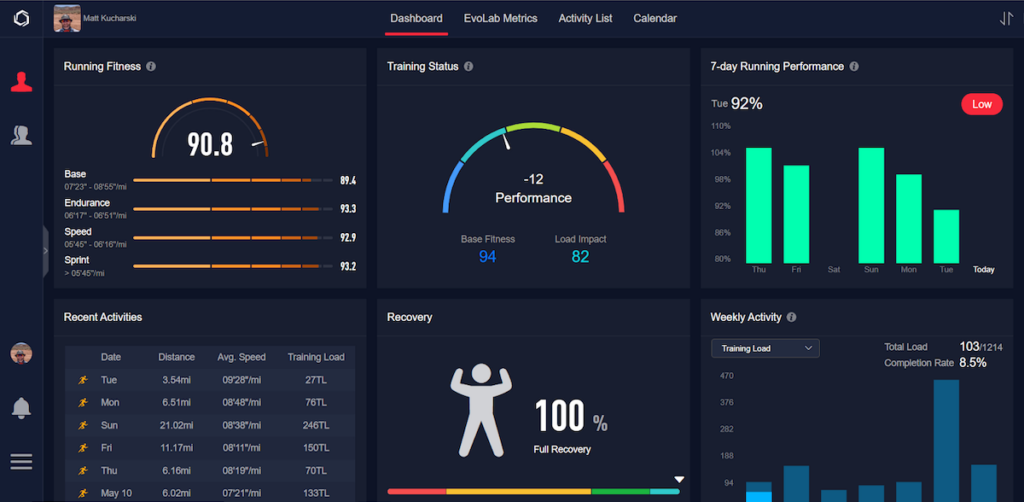
This one ties back to my earlier point about Kilian’s view of balancing speed and strength, and developing as a complete runner.
In the past, I would always have a road race, whether it be a half marathon, 5K, or a sprint triathlon that popped up in the midst of ultra training. I would often treat those races as training because I didn’t feel prepared or sharp enough to go fast, and I would need to make sure everyone was aware of it, so as to not endanger my fragile ego with a sub-par time. (This is another great opportunity to label it a “training race” on Strava to make it abundantly clear to everyone that you were definitely not racing.)
Well, it happened again. The Frederick Half Marathon fell smack dab in the middle of this training, but I love doing the race with friends so I wasn’t going to miss it. To my surprise, despite the long-slow ultra training block and a nagging head-cold, I still set a half marathon PR at the race!
Maybe this Kilian guy has some method to his madness after all.

I have the month of May under Kilian’s watch, and then a two-week taper where I’ll try my best not to sabotage all the work he has done to get me here.
These next few weeks will be a grind but I really look forward to soaking it all up and enjoying the experience. I mean, how many people can say they were coached by Kilian Jornet??
As this is published, I’m hitting my peak volume weeks, which will involve a few big weeks capped off with 4-hour long runs. I still have a lot to sort out for race day and I’m going to lean on those long runs to dial in my nutrition (as well as shoe and gear testing for Believe in the Run). With that much time under my belt, I hope to feel confident on my choices come race day so I can simply focus on running.
Having Kilian and the team at Coros as expert resources over these last few weeks will be key to my success, and I will take full advantage of the opportunity as I already have over the last two months. I will for sure be getting in any questions or concerns and while I have their ears.
Aside from race goals, my secondary goal is to get another quote from Kilian that I can get as a tattoo or stitch into a decorative pillow for me to rest my head on after or during the Laurel Highlands race.
Thanks for following along, in my final installment I’ll share how the final weeks of training went, talk about the race, and share some final reflections on this amazing experience.
Have something to say? Leave a Comment
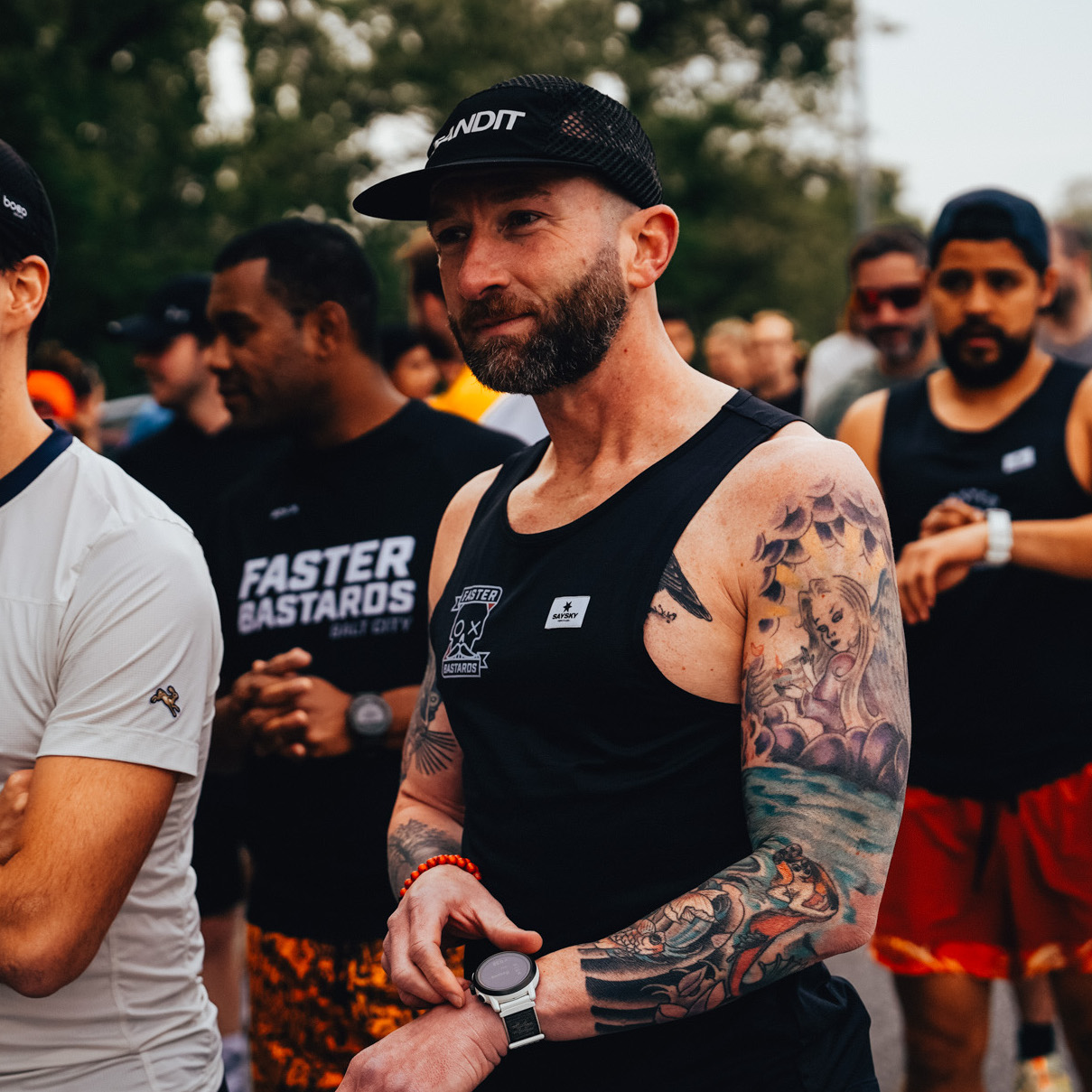
Matt is a recovering triathlete who fell in love with running and left the dark side behind. Trail and ultra running are where he is most in his element, but he can still be found routinely running the streets in and around Baltimore with the Faster Bastards. Aside from running, he is a lover of coffee, mezcal, beer, and 90s country music.
More from Matt
